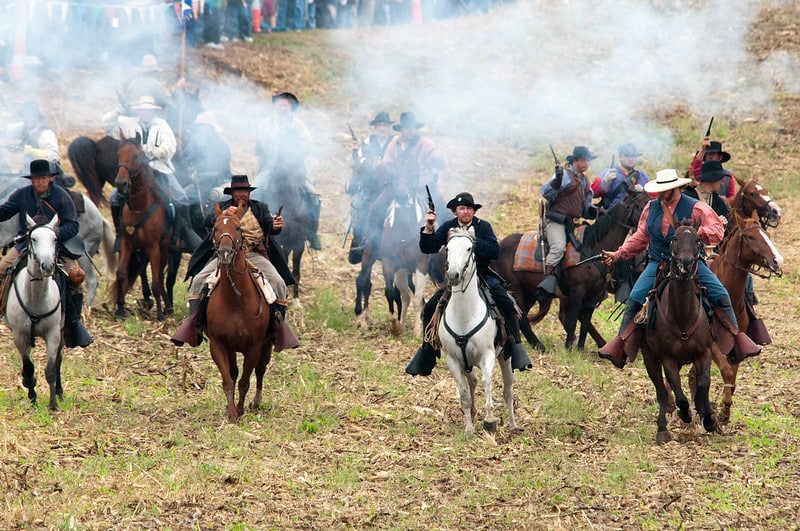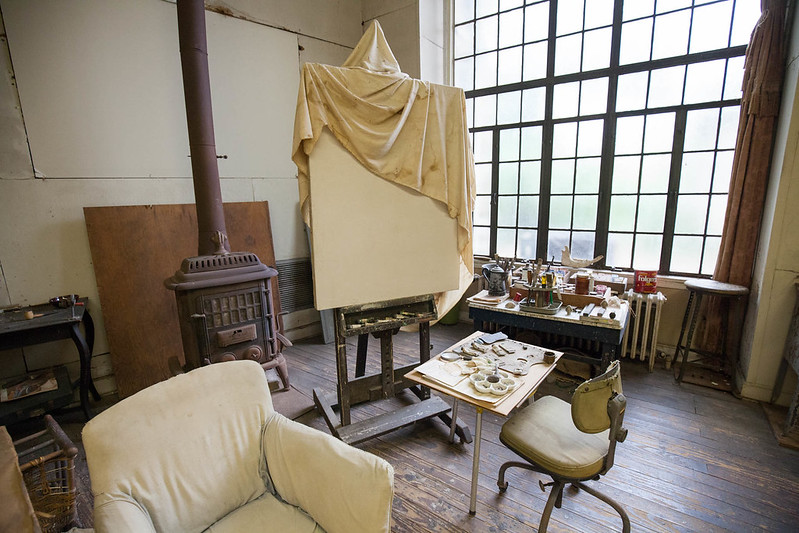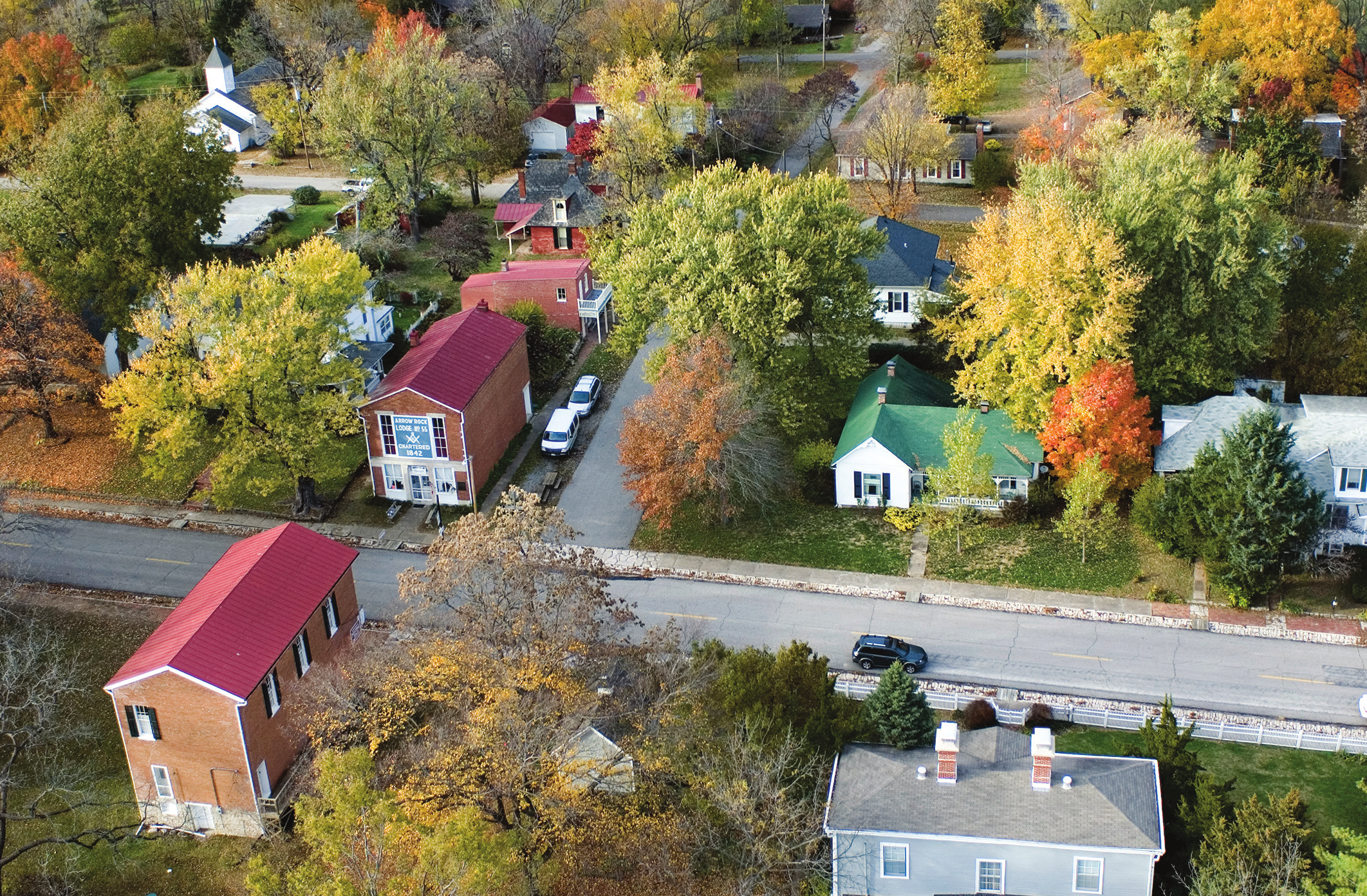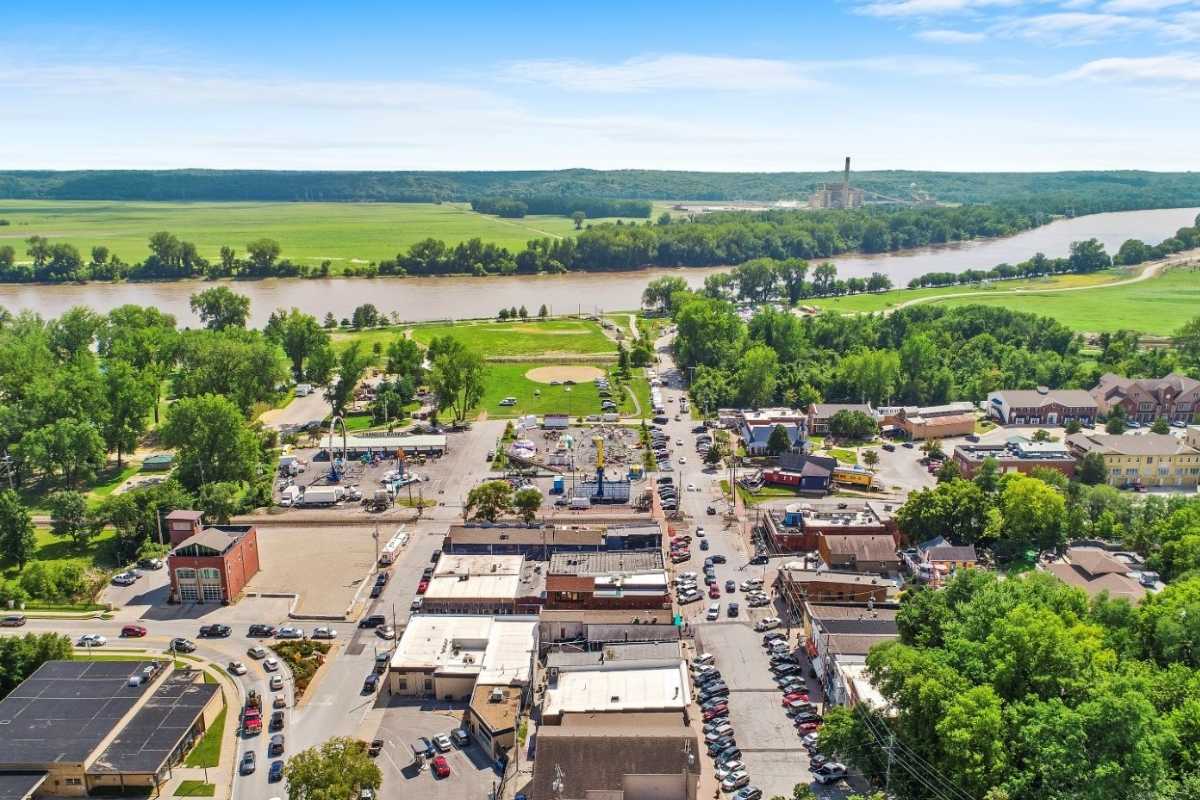Lexington, Mo is brimming with annetebellum homes and amazing architecture, and is surrounded by beautiful landscapes. The Anderson House was used as a hospital during the Civil War. The site is most notable for the Battle of the Hemp Bales. Come find out why.

THE CIVIL WAR IN MISSOURI is probably best known for the vicious guerrilla warfare that grew out of the cruel divisions among the state’s citizens. Perhaps this degeneration was inevitable given the state’s location and the strong, conflicting convictions of the day, but in the early months of the war, there was hope that it need not be so. The victors write the histories, but the Battle of Lexington affords an op- portunity to ponder the vision and the virtues of the vanquished, who were victors here for a time.
An often overlooked factor of the Civil War in Missouri was the Missouri State Guard. This organization, never numbering more than 22,000 men at any one time, was surrounded on three sides by Northern states and defended the Southern cause west of the Mississippi for the better part of a year. The Missouri State Guard was the only border state army to make so bold a campaign and with little assistance from the official Confederate States Army.
The leader of the Missouri State Guard was probably the most popular man in Missouri. Sterling Price was a Virginia-born tobacco planter who had served Missouri as legislator and governor and his nation as congressman and brigadier general of Missouri volunteers in the Mexican War.
Price’s rough and ready Missourians won for the South two of its most important victories west of the Mississippi. After they disbanded in 1862, Missouri State Guard veterans made up the core of some of the most highly regarded and decorated units in the regular Confederate States Army.
Perhaps the finest hour of the State Guard was its victory in September 1861 over the federal garrison at Lexington, on the Missouri River. It marked the high tide of hopes for uniting the state behind the pro-South government that Missourians had elected in 1860 and for driving the Union from the state.

In 1861 Lexington was a prosperous trading center for area tobacco and hemp plantations. Recognizing Lexington’s importance, federal troops had occupied the town since July. Not far from the Union defenses was the stately home of one of Lafayette County’s leading families, that of William Oliver Anderson. Married to a cousin of Sterling Price, Anderson refused to take an oath of loyalty to the federal government and was arrested and imprisoned.
Price arrived within sight of Lexington on September 12. After sharp skirmishes on the outskirts of town, Price waited for his supply wagons to catch up and then laid siege to the fortified garrison.

The Anderson house, which lay outside the Union entrenchments, was being used by the federals as a hospital. Normally, both sides would have respected the neutrality of such a site, but the Anderson house was in too strategic a location to remain unmolested. As a result, it was attacked repeatedly by both sides.
Eventually, the Union troops succumbed to their opponents, who sheltered behind wet hemp bales as they pressed forward. They surrendered to Price. The battle was one of the last Civil War engagements to honor old-style warfare civilities. Price allowed federal officers to keep their swords and treated the opposing leader as a guest. The defeated enlisted men were praised for their bravery and paroled after being told to go home to Illinois and mind their own business.
The Tilton Davis family bought the Anderson house in 1865 and lived there for the next fifty years; you can see their furniture in some rooms today.
Lexington is brimming with history, beautiful Missouri valley scenery, and elegant architecture. It still evokes an antebellum Missouri river town.

The battle is nicknamed the Battle of the Hemp Bales. Price’s troops created novel, movable breastworks of hemp bales, soaked with water, to block bullets as they safely advanced.
The Battle of Lexington State Historic Site has hiking trails, picnic areas, a visitors center, and interpretive programs.

1101 Delaware St, Lexington, MO
95 acres
Lafayette County Trail
Battlefield Trail (0.3 mi)
To purchase the Missouri State Parks book, click here.
Related Posts
Thomas Hart Benton Home and Studio State Historic Site
Thomas Hart Benton is best known for the murals in our state capitol in Jefferson City. The home and studio that Benton and his wife Rita shared in Kansas City have been left perfectly preserved. The paints, furniture, sketches, and even his pipe sit right where he left them on the day he died.
Discover The State’s First Historic Site
Find out why the state’s first historic site is worth the trip. In our series on state parks, we will take you all around the state. Each park has unique features and many amenities. Grab your family, friends, and loved ones, and get out and explore.



